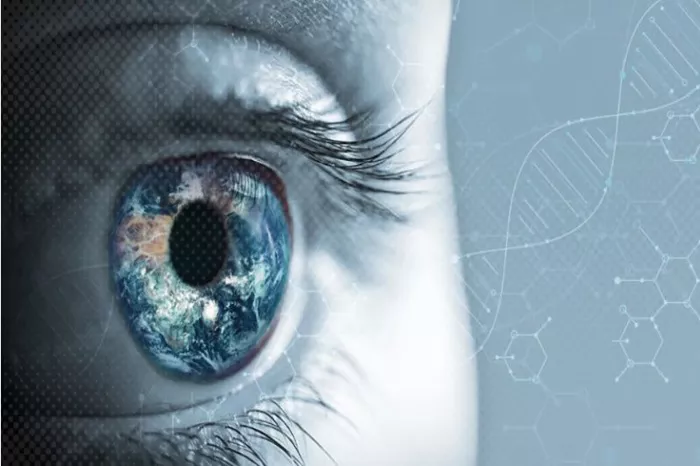Gene therapy developer RegenxBio has released encouraging data from a Phase 2 sub-study evaluating the efficacy of its lead therapy, ABBV-RGX-314, in patients with bilateral wet age-related macular degeneration (AMD). Wet AMD is a severe form of macular degeneration that causes abnormal blood vessel growth in the retina, leading to vision loss. It affects up to 2 million people in the United States, Europe, and Japan, making it a significant cause of blindness.
ABBV-RGX-314, developed in collaboration with pharmaceutical company AbbVie, aims to provide a one-time treatment for wet AMD and other retinal conditions, including diabetic retinopathy. The therapy utilizes the NAV AAV8 vector, which encodes an antibody fragment designed to inhibit vascular endothelial growth factor (VEGF). VEGF is a protein responsible for the growth of new, leaky blood vessels in the retina. By blocking VEGF, the treatment reduces fluid accumulation in the retina, potentially offering long-term benefits.
Current treatments for wet AMD, such as anti-VEGF therapies, require frequent, lifelong intraocular injections to prevent vision loss. These regimens can be challenging for patients, with adherence often declining over time, which reduces their effectiveness.
“The majority of our patients with wet AMD eventually develop bilateral disease and face a substantial burden from frequent lifelong injections in both eyes,” said Dr. Arshad Khanani, director of clinical research at Sierra Eye Associates in Reno, Nevada. “This often leads to suboptimal real-world vision outcomes with the current standard of care.”
The Phase 2 sub-study of ABBV-RGX-314 yielded promising results nine months after administration. The therapy led to a 97% reduction in the need for supplemental anti-VEGF injections, with 100% of patients requiring either no injections or just one additional injection during the study period. Notably, 78% of patients were entirely injection-free. In addition to reducing the treatment burden, patients maintained stable best-corrected visual acuity and central retinal thickness—key indicators of eye health. Additionally, aqueous protein levels, a marker of disease activity, remained consistent between the treated eyes.
“The fellow eye dosing data with ABBV-RGX-314 marks a significant milestone in gene therapy for retinal diseases, as this is the first time bilateral treatment has been performed for wet AMD patients,” Khanani noted. He presented the data at the recent American Academy of Ophthalmology meeting. “These results, coupled with the durable treatment effects observed for up to four years in long-term follow-up, highlight the potential of ABBV-RGX-314 as an effective one-time treatment for patients with wet AMD.”
Related topic:
How Do You Get Rid Of Chicken Skin Under Your Eyes?
How Long Does Eye Swelling Last After Cataract Surgery?
Does Anusol Reduce Puffy Eyes?

